CTPA Videos
Useful information alongside hair and make-up tips!
Watch some of the UK's biggest celebrity stylists and influencers, alongside CTPA's own staff, give you tips on everything from haircare to sustainability!

Cosmetics and pregnancy
Sometimes people ask whether exposure to cosmetics during pregnancy may cause abnormalities in the development of babies. Such claims cause unnecessary alarm and distress to consumers because there is no basis for concern.
Read more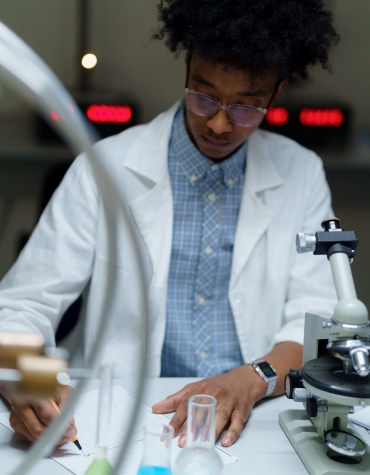
Are cosmetics cruelty free? Yes!
Cosmetic products sold in the UK and Europe are not tested on animals. This is true whether or not the product makes an 'animal friendly' claim.
Read more
Hot topics
What are the topics currently trending in the media? Should you be worried about a product or ingredient you've read about? Learn more about them here!
Read more
Can men wear cosmetics?
Men use just as many cosmetic and personal care products as everyone else!
Read more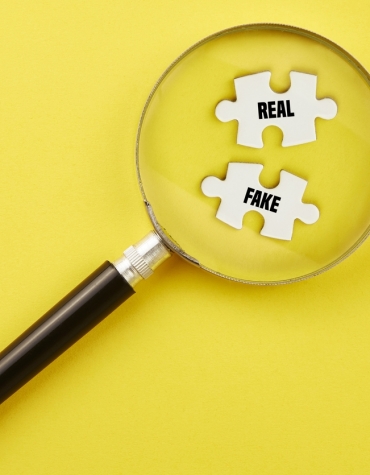
Counterfeit products
Learn more about the counterfeiting of cosmetic products and how to recognise and avoid these potentially dangerous fake products.
Read more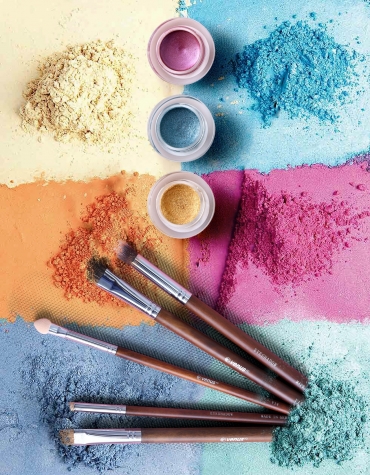
The history of making cosmetics
Cosmetic products have been created and worn for over 2000 years since the time of the ancient Egyptians!
Read more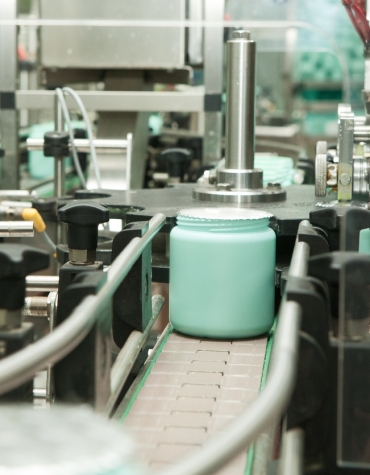
How cosmetics are made
When we think of cosmetic products, our first thoughts might be the excitement of looking our best and the fun of trying new products to suit our mood. Behind the scenes, the truth looks much less sexy, see the inner beauty of this fascinating and highly scientific industry revealed.
Read more
Understanding our skin
Everyday we wash, buff and apply creams to our skin, but how much do we really know about the complex structure covering our bodies?
Read moreLatest news
20 March 2024
NEWS
With Dr Nigel Carter OBE, Chief Executive of the Oral Health Foundation

08 February 2024
NEWS
CTPA Welcomes Policies from Political Parties on Improving Teeth and Gum Health in the UK
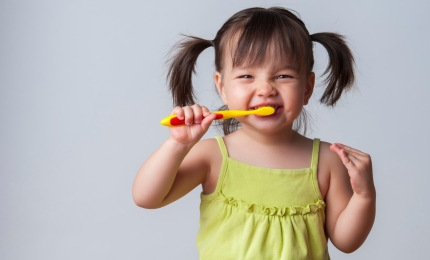
19 January 2024
NEWS
Anti-ageing products are not for children!


18 December 2023
NEWS
Christmas is nearly here and perfume and cosmetics, with their special “feel good factor”, are on many gift lists. Unfortunately, like many popular products, they can be subject to counterfeiting and, in that case, unsafe to use. So when purchasing in stores or online, how can you be sure that products are not fake? Here’s some advice.
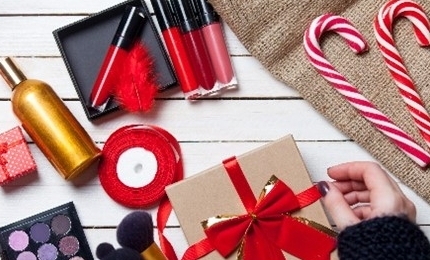
30 November 2023
NEWS
Discover the COSMILE Europe app from Cosmetics Europe.
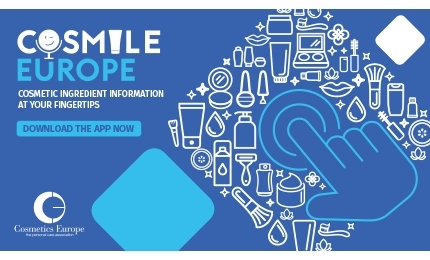
CTPA Videos
Useful information alongside hair and make-up tips!
Watch some of the UK's biggest celebrity stylists and influencers, alongside CTPA's own staff, give you tips on everything from haircare to sustainability!
Frequently Asked Questions
Key Advice and Facts
Thefactsabout is a great resource for learning more about the products we all use every day. However, you may have specific questions which we aim to answer in this section.